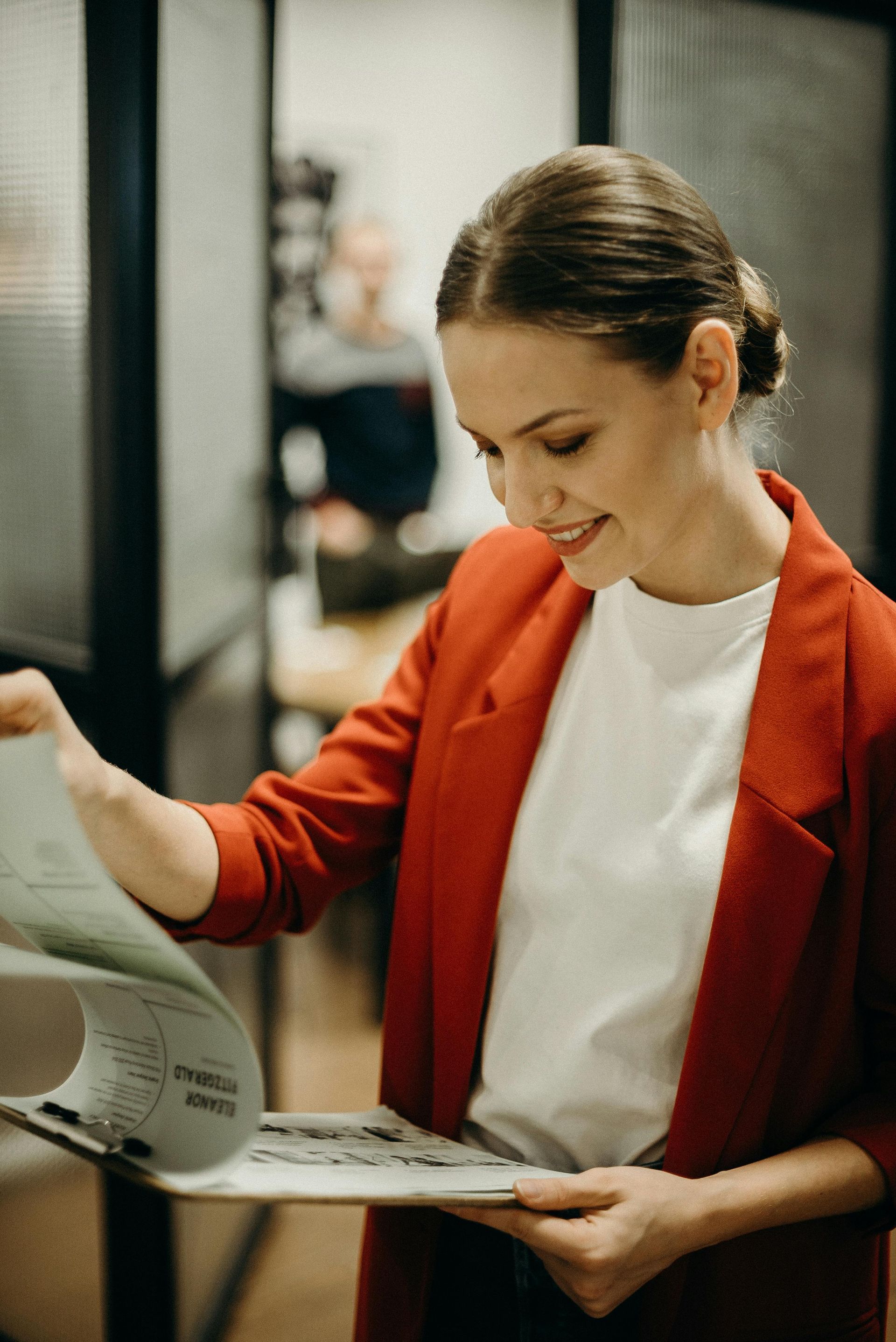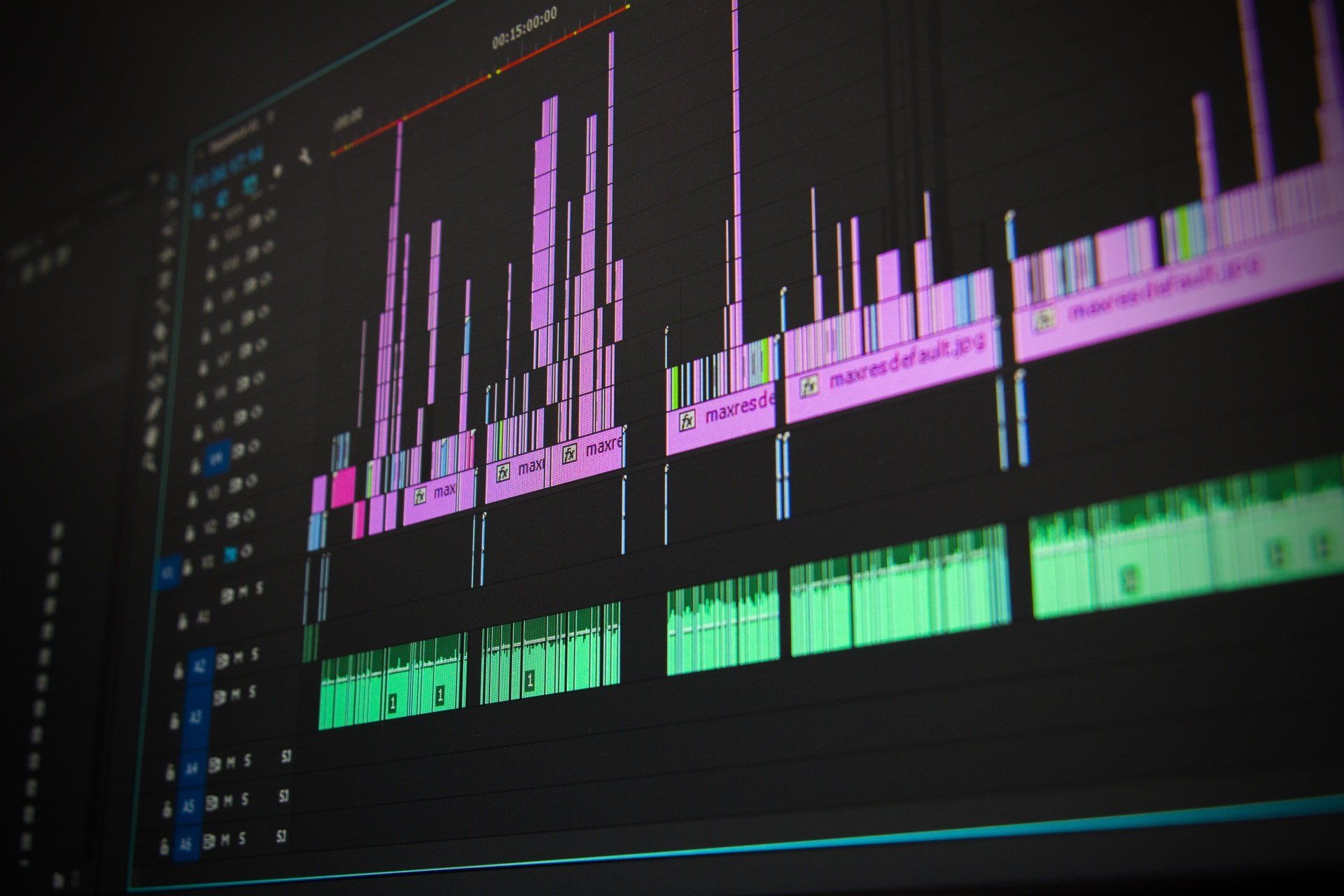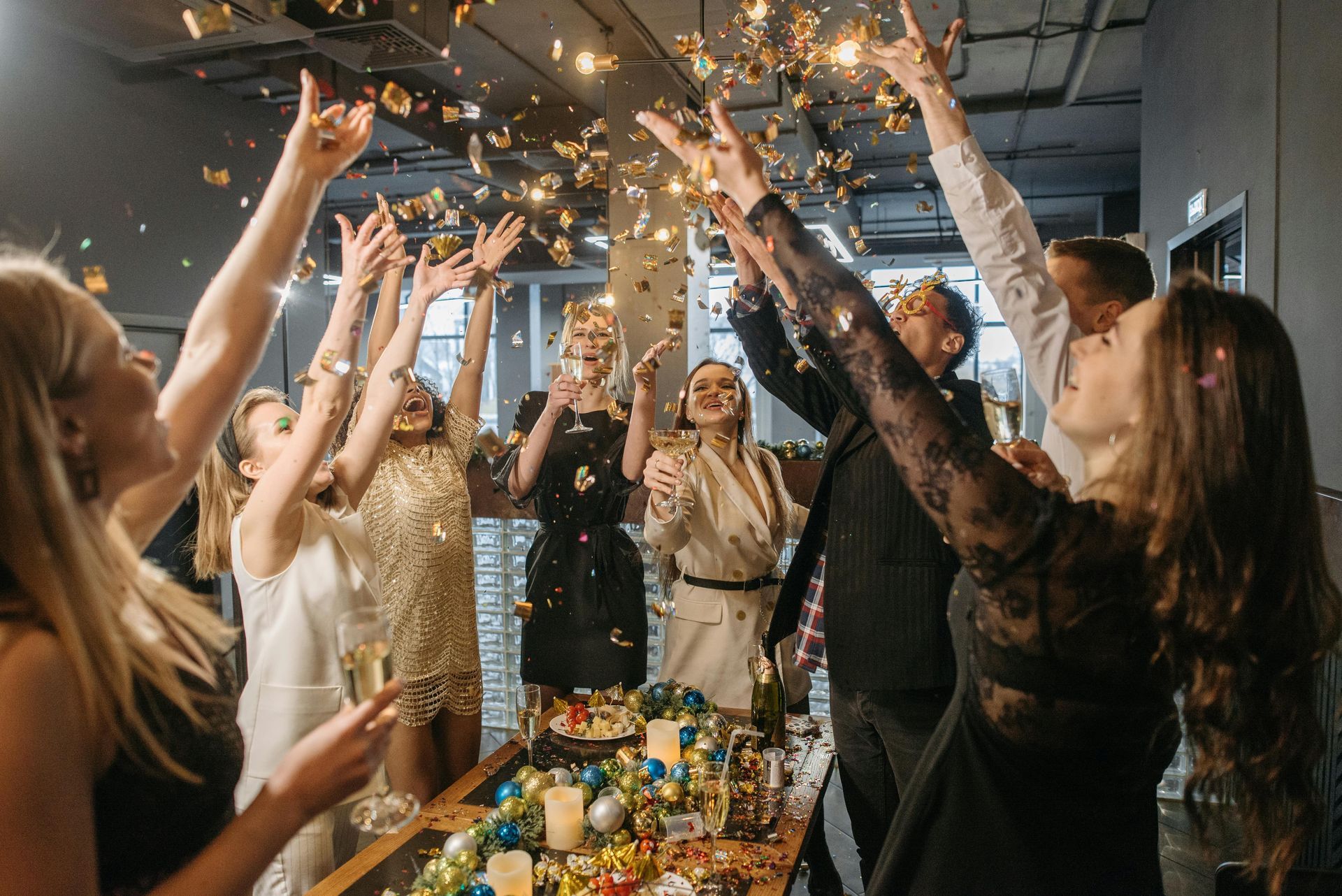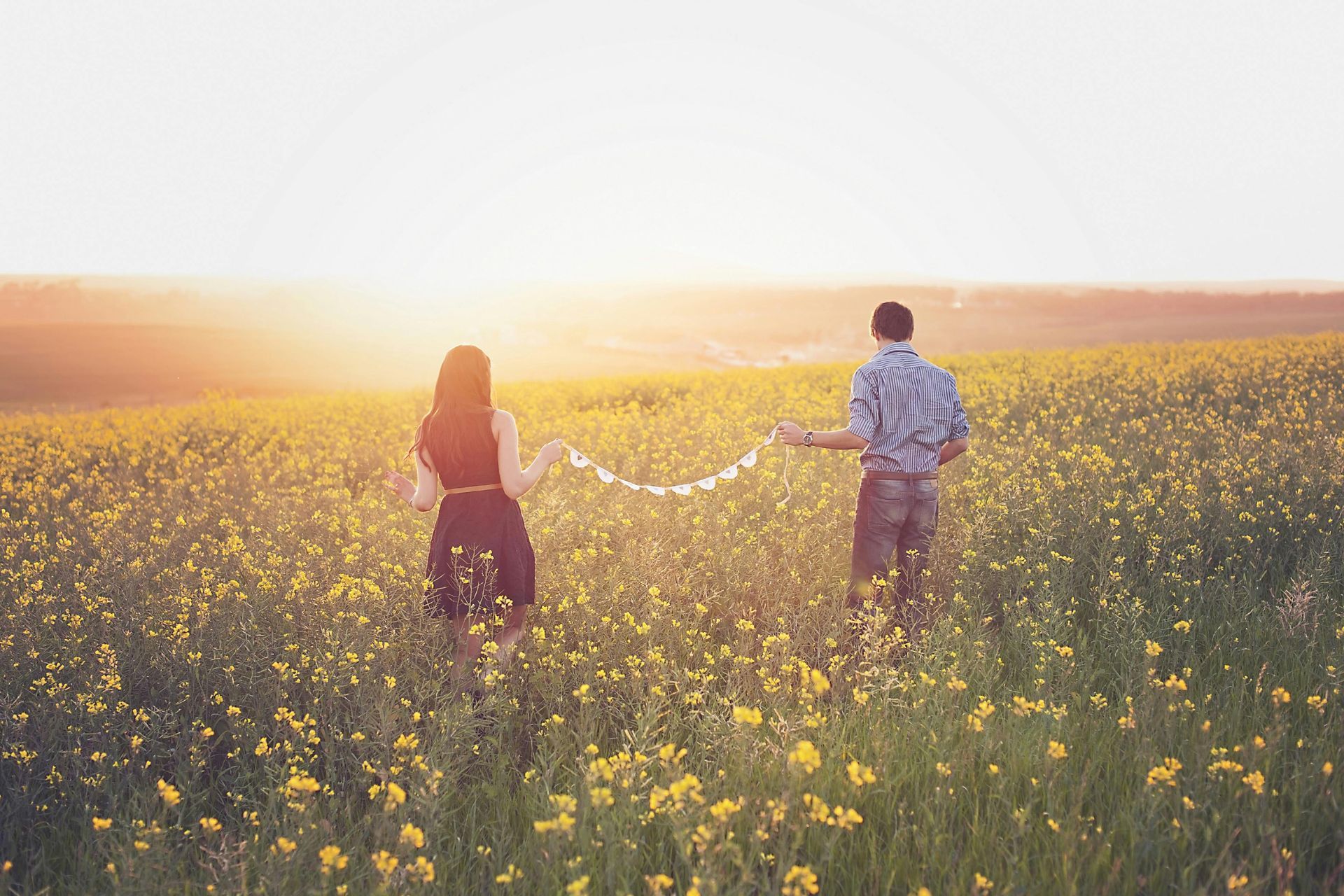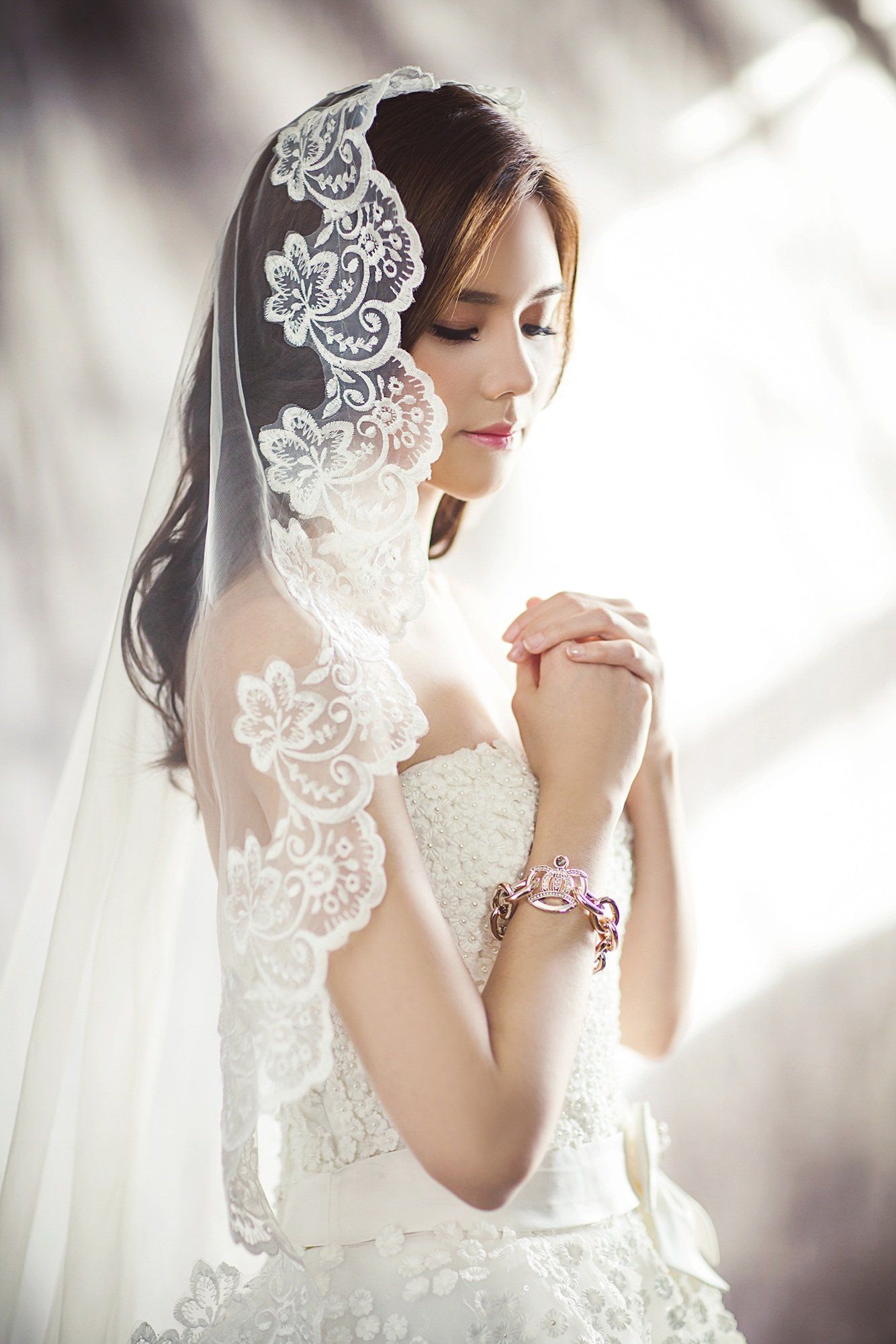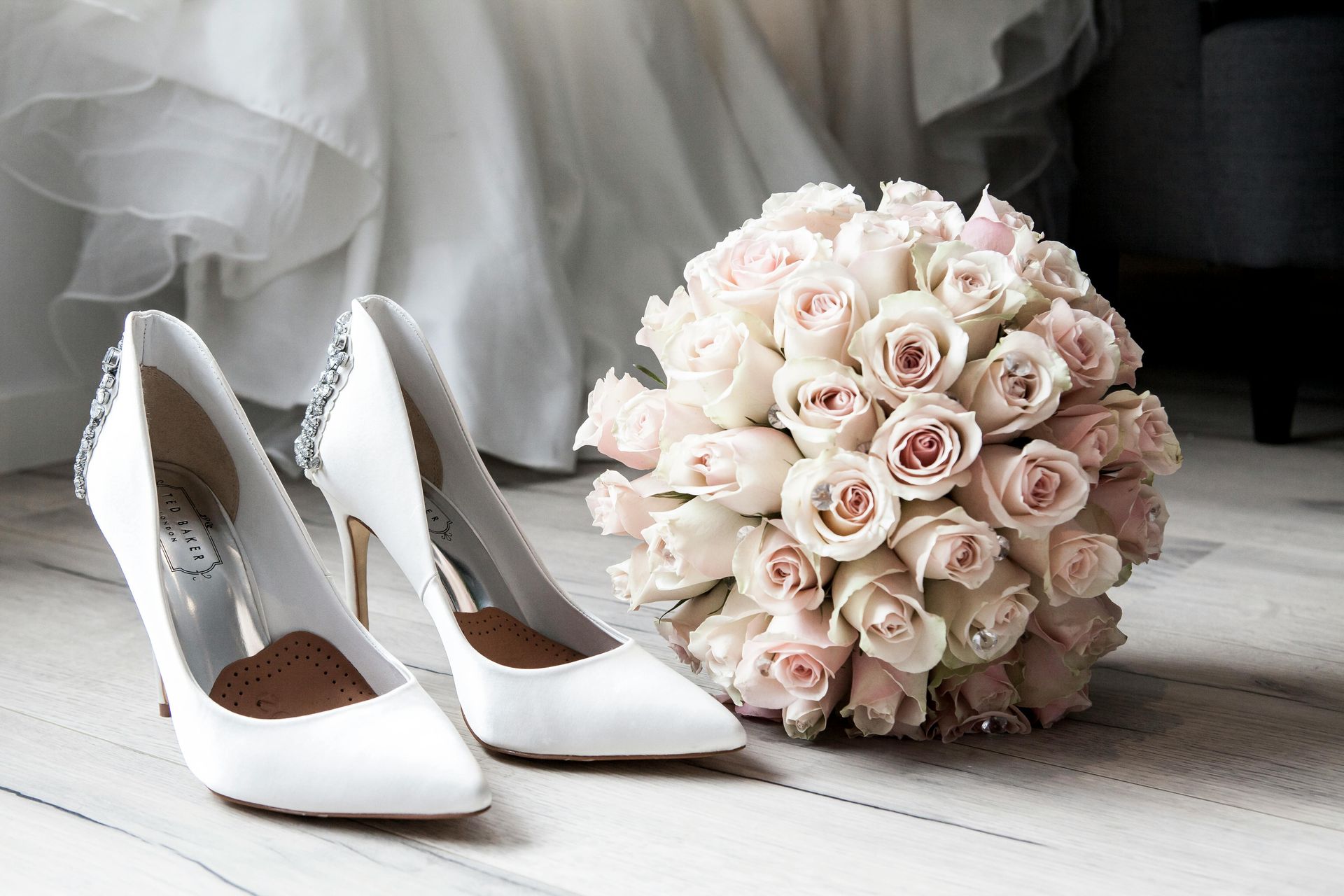The Process of Photographing a wedding!
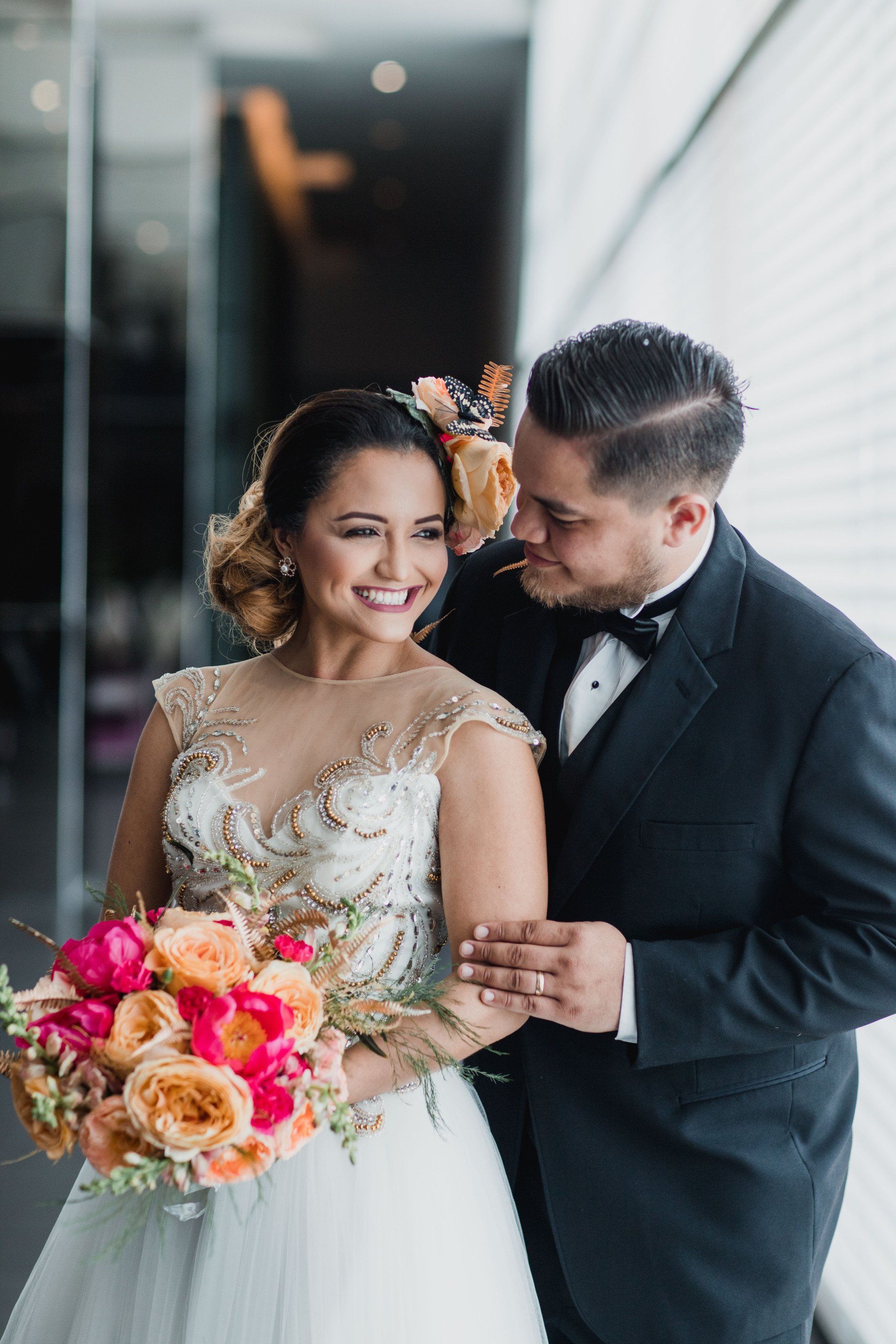
Wedding photography is a challenging procedure that calls for a blend of technical expertise, creative vision, and the capacity to perform well under pressure. Here is an outline of the general procedures that photographers usually follow when documenting a wedding:
1. Consultation: The photographer will often meet with the couple in advance of the wedding to discuss their vision for the photos. The photographer should take advantage of this opportunity to get to know the couple, learn about their tastes and personalities, and discuss any particular photos they hope to achieve.
2. Scouting: The photographer may go on a scouting tour if the wedding is at a place they haven't previously used to get a sense of the layout, lighting, and potential shooting spots.
3. Planning: The photographer will arrive early on the wedding day to set up their gear and perform any necessary testing. They might also take some time to get unguarded images of the couple, their relatives, and themselves getting ready.
4. Ceremony: During the ceremony, the photographer will record significant events such the vow-exchanging, first kiss, and ring-exchanging. Additionally, they will make an effort to capture a range of compositions and angles, including close-ups and broad pictures.
5. Photos: Following the ceremony, the photographer will normally take official portraits of the couple and their families. The photographer should use this opportunity to try out various lighting setups and positions.
6. Reception: During the reception, the photographer will take candid pictures of the couple and their visitors having a good time while dancing, eating, and enjoying themselves. In addition, they will make an effort to capture some beautiful images of the decorations, centerpieces, and floral arrangements.
7. Editing: The photographer will take time after the wedding to choose and edit the best photos to give to the couple. To make the photographs seem their best, this may entail color-correcting, cropping, and retouching.
Overall, shooting a wedding takes a variety of skills, such as the capacity to work quickly, think imaginatively, and produce high-quality photographs under difficult circumstances. It takes a lot of planning and effort to succeed in this tough but rewarding job.


